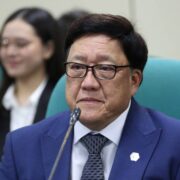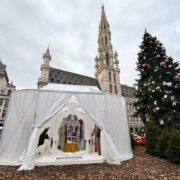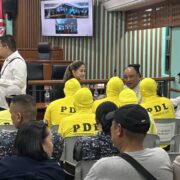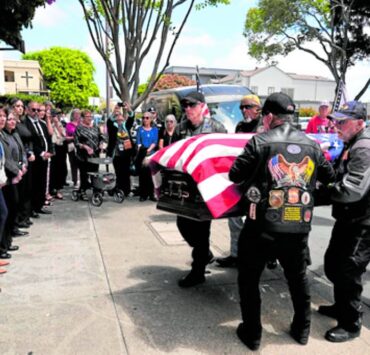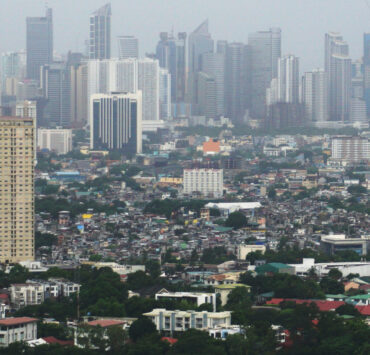Nagasaki bombing survivor struggles to preserve atomic blast artifacts
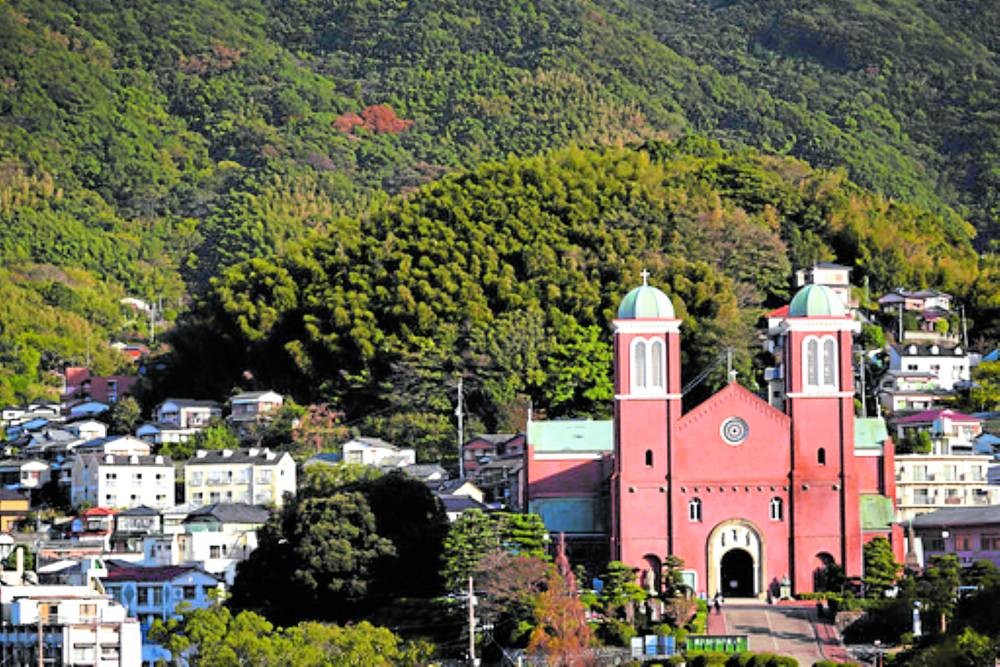
NAGASAKI, JAPAN—Decorated with colorful paper cranes and blooming flowers, it doesn’t look the scene of a tragedy.
On Aug. 9, 1945, U.S. forces detonated an atomic bomb over Nagasaki. Shiroyama Elementary School was only 500 meters west of ground zero. It is thought more than 1,400 people died here, including teachers and children.
The atomic bombing of Nagasaki, and Hiroshima three days earlier, together killed more than 210,000 people. Japan surrendered on Aug. 15, ending World War II and its nearly half-century of aggression across Asia.
In Nagasaki, part of the destroyed building known as the Peace Memorial Hall receives around 30,000 visitors each year. At the same time, the number of those who still remember the attack is dwindling.
Fumi Takeshita, 80, was just a child, but can still recall her experience.
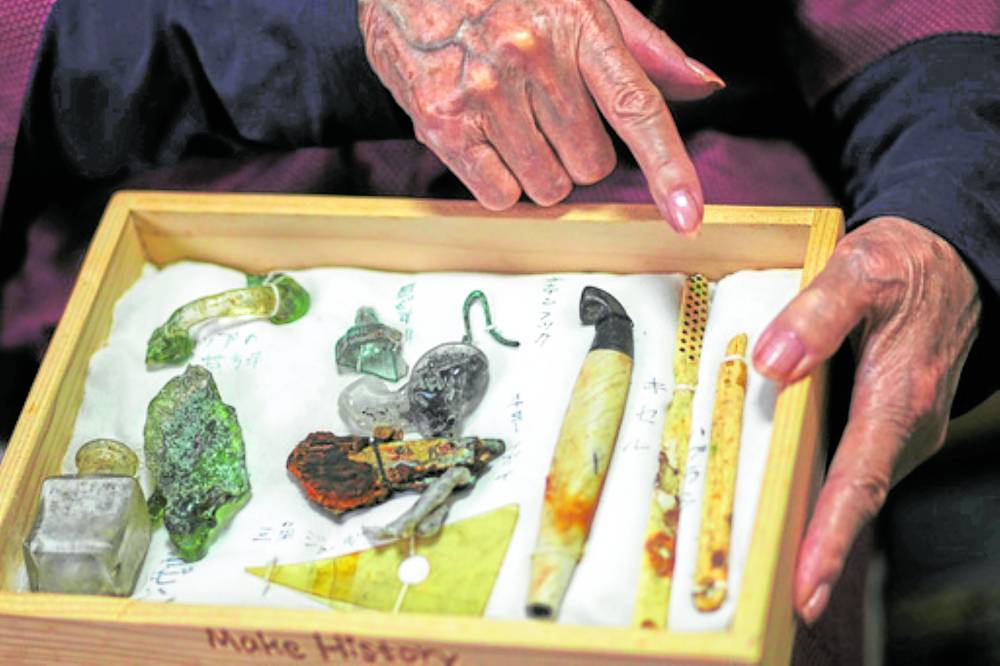
“I saw an extremely strong light coming in from the window. It was white, or shall I say yellow? So strong that I couldn’t keep my eyes open,” she said.
“It was the day after the bomb dropped. (My father) walked through the hypocenter, the Urakami area, and heard many people calling for help. There were heaps of bodies, too,” recalled Takeshita.
“Buildings lay crushed on the ground and there was nothing left, apparently,” she added.
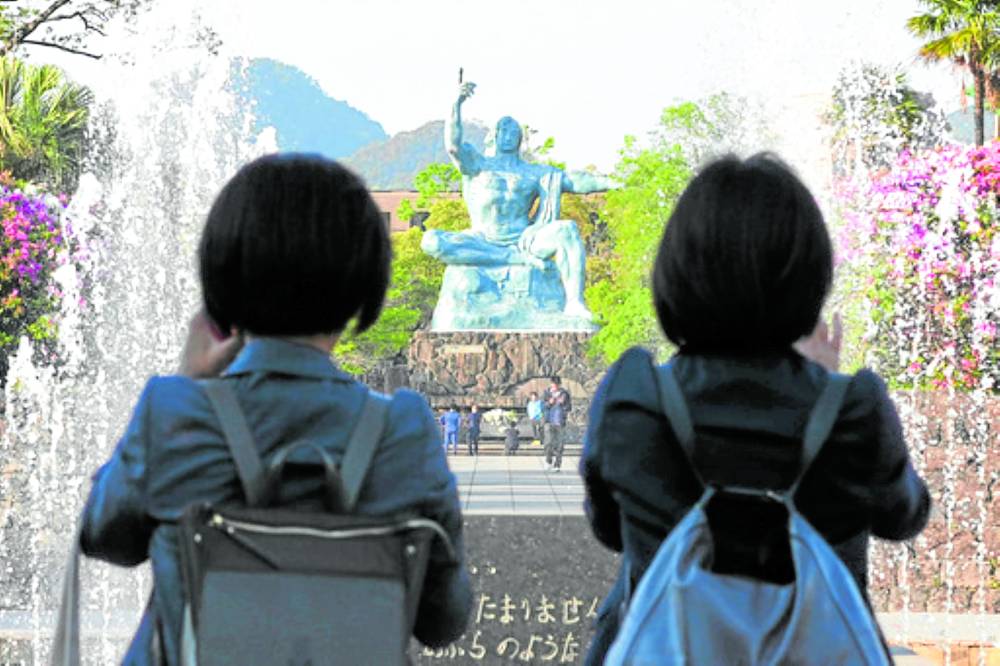
She continued, “I heard that from my grandmother, who said, ‘Fumi-chan, remember the light you saw the other day? Because of that there is nothing left in Urakami, and many people died.’”
She now collects items related to the bombing, many of which she dug from the ground with her bare hands.
Takeshita believes that it’s important to preserve the physical evidence of the Nagasaki bombing, known as “Hibaku remains.”
“Nagasaki hardly has any remains left. I have been raising my voice to be heard in order to protect them, but most of them have been taken down,” she said.
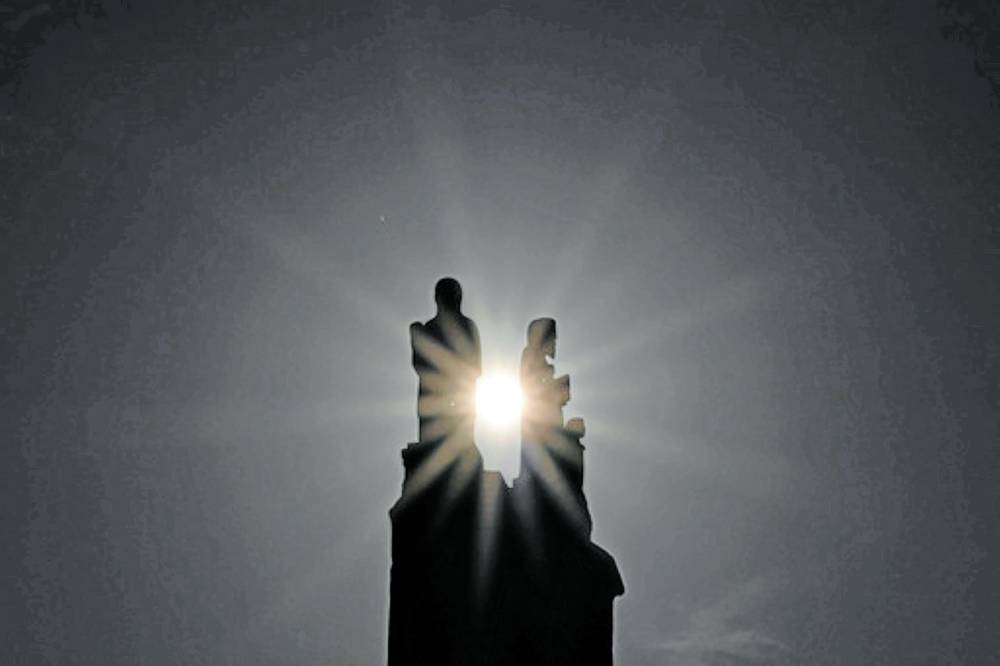
Currently, 55 sites have been approved as “Hibaku remains,” including bridges and trees, in the city’s annual list. But officials say they also have to consider the city’s needs and strike a balance between preservation and development.
“I have lung cancer and was told I might not be able to see the cherry blossoms this year,” Takeshita said.
“But I managed to. Like myself, hibakushas (atomic bombing survivors) do not have much time left. Preserving things has a strong message. Despite all the testimonies, I believe it is more convincing and can convey, for instance, the heat which melted these objects, let alone humans.”





